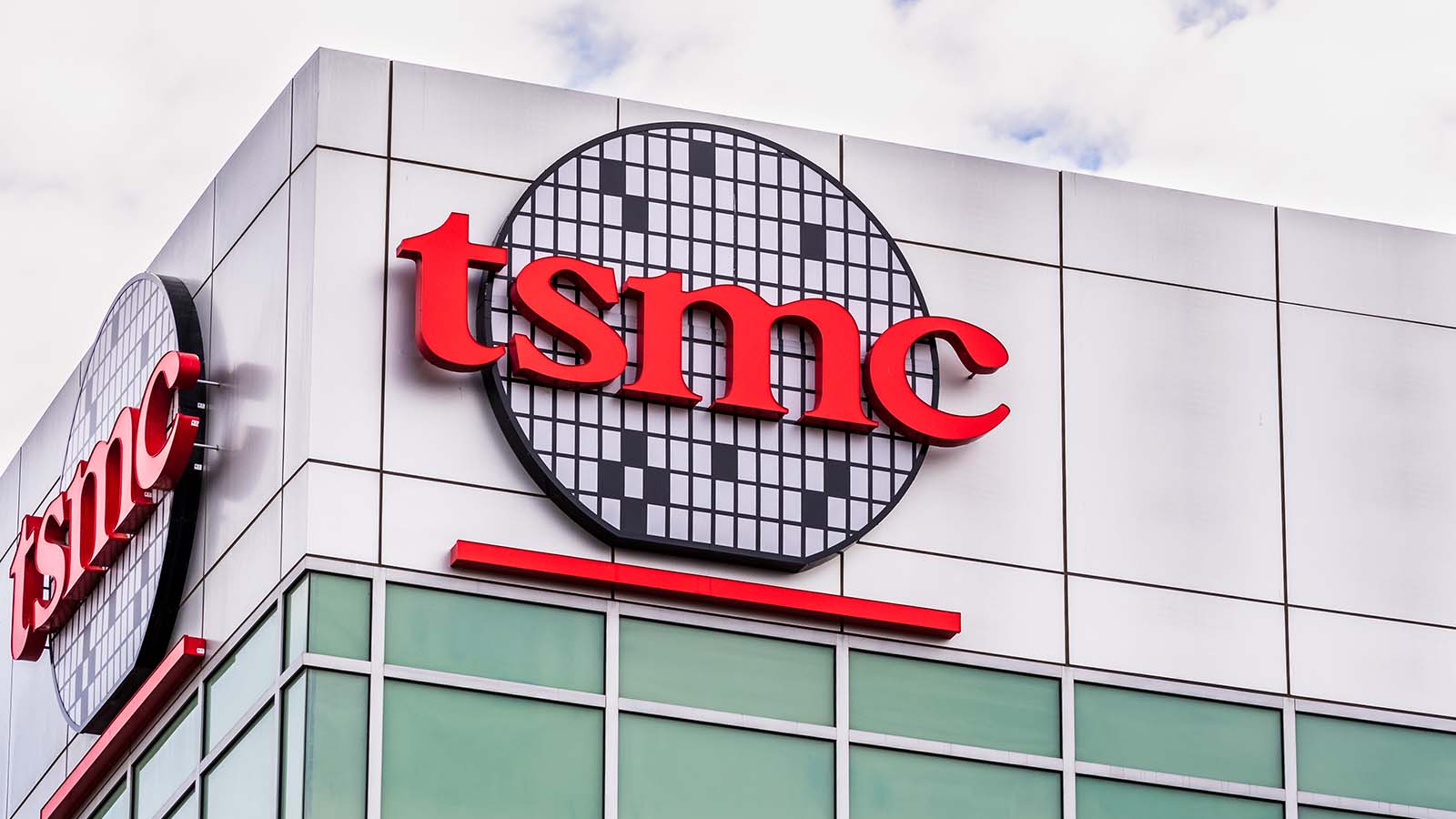The semiconductor market is hot, but Taiwan Semiconductor (NYSE:TSM) is hotter. In 2020, TSM stock is up 51%, topping the widely followed PHLX Semiconductor ETF (NASDAQ:SOXX) by about 30 percentage points.

For many investors in the U.S., Taiwan Semiconductor isn’t a household name like Nvidia (NASDAQ:NVDA). But Taiwan Semiconductor’s business model is effective at a time of elevated chip demand. The simple way of looking at the Taiwanese technology giant is that it’s the chip makers’ chip maker.
Many of the world’s biggest semiconductor manufacturers are Taiwan Semiconductor’s clients, and the company produces a slew of chips that wind up in well-known consumer products, including smartphones.
For example, Taiwan Semiconductor is making the chips that are going into Apple’s (NASDAQ:AAPL) highly anticipated 5G iPhone, which starts shipping later this month.
TSM Stock Is Well-Positioned
Being an Apple supplier is usually a feather in a company’s cap. But Taiwan Semiconductor’s story runs deeper than its relationship with the iPhone maker. That much was on display on Oct. 15 when the contract chip maker delivered its third-quarter results.
The company reported earnings per share of NT$5.30 and revenue of NT$356.43 billion, representing year-over-year improvements of 35.9% and 21.6%, respectively. Those are impressive growth rates for a mature company with a market capitalization approaching $414 billion. More important than the results was the forecast provided by the chip maker.
Due to strong demand for chips, the company projects Q4 sales of $12.4 billion to $12.7 billion. It also boosted its full-year revenue growth estimate to 30%, up from a prior forecast of an increase of 20%. For those concerned that Taiwan Semiconductor relies too heavily on Apple as a percentage of its revenue, data confirms that the foundry operator has plenty of other viable revenue sources. In fact, Apple accounted for just 8% of Taiwan Semiconductor’s sales last quarter.
Apple expects to build 75 million 5G iPhones this year, underscoring the importance of the 5G rollout to Taiwan Semiconductor. However, as the Semiconductor Industry Association (SIA) points out, there are myriad uses for chips as 5G communication systems take hold. This phenomenon is about much more than smartphones. Rather, the 5G rollout requires major infrastructure overhauls, and all those networks need to be refreshed with new chips, indicating that Taiwan Semiconductor can grow a great deal.
The Taiwanese company is also making shrewd geopolitical moves, recently severing ties with China’s Huawei Technologies, a company that’s been hurt by the friction between the U.S. and China. By ending that relationship, Taiwan Semiconductor is signaling to the U.S. that it is prioritizing the U.S And all of Taiwan’s 5G suppliers, some of which are TSM clients, meet U.S. standards.
More Than 5G
When it comes to chip makers these days, it’s easy to get caught up in the 5G thesis. But one benefit of Taiwan Semiconductor is that it’s bolstered by multiple tailwinds in the chip space.
Even if the near-term catalysts of 5G, rising personal computer demand and new videogame consoles are dismissed, semiconductor demand will be boosted by several other major, longer-term factors. Those include artificial intelligence, data centers and electric vehicles.
In fact, investors should treat TSM stock as a long-term idea. And importantly, it offers dividend growth and a decent yield of 2% to support that notion.
In the area of electric vehicles, chips are vital to the production process. Today the EV sector generates $200 billion of sales annually, but that’s expected to quadruple over the next seven years.
Confirming that Taiwan Semiconductor is a growth idea, the global chip market is estimated to be valued at $540 billion, but that figure could jump 40% over the next six years. That bodes well for TSM stock.
On the date of publication, Todd Shriber did not have (either directly or indirectly) any positions in any of the securities mentioned in this article.
Todd Shriber has been an InvestorPlace contributor since 2014.
